Growing variable renewable generation on the grid and declining reliability of existing generators are changing the way in which the power system will be operated. As it paves the way for the energy transition to 60% renewables over the next 20 years, the Australian Energy Market Operator (AEMO) highlights the importance of optimizing future investments in new generation and networks, while taking full advantage of new consumer technologies such as rooftop solar, demand response and electric vehicles.
In the first of a series of insights paper, which will precede the second version of its Integrated System Plan due to be released mid-2020, the AEMO provides a deeper analysis into the role of storage. The study assumes a total of 4.1 GW storage capacity will be installed by 2030 and finds the projected need for storage to assist with energy shifting will be at unprecedented scale a decade later. It forecasts the need for utility-scale storage will exceed 15 GW by the early 2040s, with opportunities for six-hour and 12-hour storage solutions most able to complement deeper storage solutions such as Snowy 2.0 and/or Tasmania’s Battery of the Nation.
“AEMO’s in depth analysis confirms the important role of energy storage to build power system resilience, improve reliability and to put downward pressure on wholesale cost,” AEMO CEO Audrey Zibelman said. “An example in the paper outlines that one week’s storage in Snowy 2.0 in 2030-31 saves approximately $86 million more on average in fuel costs, compared to the equivalent storage capacity with only six hours storage.”
With Snowy 2.0 now committed, incentives for additional seasonal storages are expected to weaken until further significant coal-fired generation closures occur n the late 2020s to mid-2030s, the study finds. Anyhow, AEMO will need diverse storage options to respond to the variety of challenges ahead.
While long-term storage could deliver higher fuel cost savings, shallow developments with six-to-eight hours storage potential (like Wivenhoe and Shoalhaven) are the most valuable in providing intra-day and day-ahead energy shifting, complementing generation from utility-scale and rooftop solar systems. Finally, distributed storage with shorter discharge times will also play a critical role, providing value through capacity firming to support the grid at peak times, AEMO finds.
“The NEM has to manage the increasing variability of both supply and demand from changing weather patterns, consumer behaviours, growing variable renewable generation and declining reliability of existing generators,” Zibelman noted.
New lines
The insights paper, titled “Building power system resilience with pumped hydro energy storage”, assumes a diverse generation mix, dominated by increasing integration of renewables, consistent with the 2018 ISP Neutral scenario. By 2042, wind and solar generators (including rooftop PV) are expected to represent approximately 62% of the NEM’s installed generation and storage capacity and generate over 60% of energy consumed. Intermittent and variable generation sources would be complemented by increasing development of storage solutions with a variety of capabilities, as shown in the graph below.
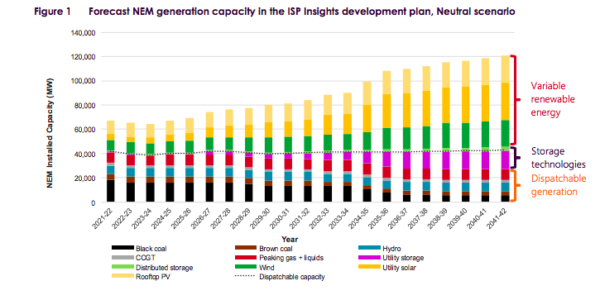
“By 2030, wind and solar generators, including consumer rooftop systems, are expected to represent approximately 50% of the NEM’s installed generation and storage capacity, generating over 40% of energy consumed. It is critical we advance the required transmission infrastructure to support the integration of these new resources to ultimately deliver secure, reliable and affordable energy for Australians,” said Zibelman.
In the latest study, AEMO identifies specific intra and inter-regional transmission investment to connect pumped hydro storage options with consumers. Following the closure of the Liddell Power Station in 2022, an increase in the transfer capability of the network between the Snowy region and Sydney (HumeLink) would maximize reliability at the lowest cost for NSW consumers. Inter-regionally, strengthening transfer capability between the Snowy area and North West Victoria and Melbourne (KerangLink), as well as between Tasmania and Victoria (the Marinus Link across Bass Strait) could also deliver benefits, AEMO finds.
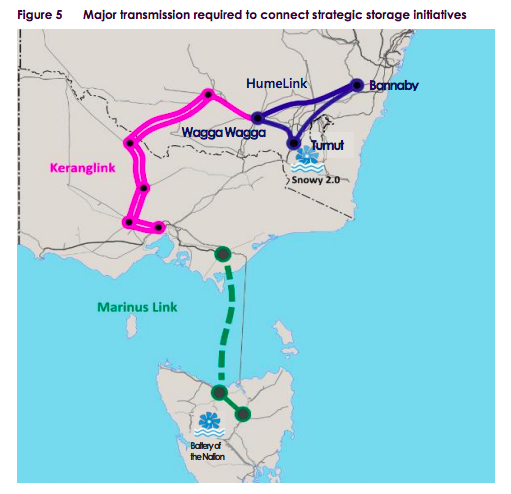
Another insight from the study is that if there is more than a 20% chance of Yallourn brown coal generator closing earlier (by 2028-29) than currently scheduled (or an equivalent supply reduction in Victoria), then building KerangLink prior to the closure date would be a least-regrets strategy. “Marinus Link would similarly increase system resilience in case of early plant closure,” AEMO finds.
Finally, KerangLink and/or Marinus Link will provide additional market benefits to consumers. AEMO finds these new interconnectors will reduce the transmission costs involved in integrating renewable generation, reduce the decline in marginal loss factors, and increase overall power system security
“Transmission augmentations require significant planning, community consultation, and economic cost-benefit analysis in the form of the Regulatory Investment Test for Transmission (RIT-T) to ensure investments are in the best interest of all consumers,” Zibelman notes. “However, recent independent analysis conducted by Aurora Energy Research concluded an approximate $3.8b potential reduction in power bills if developments proposed in AEMO’s ISP were implemented, predominantly through increases in competition and market efficiency via additional interconnection investment.”
AEMO is working closely with the Energy Security Board and other market bodies to develop a package of changes to the National Electricity Rules to convert the ISP into an actionable national strategic plan. “A key objective is to enable projects identified in the ISP to undergo a streamlined RIT-T and regulatory approval process that builds on the detailed cost benefit analysis undertaken as part of the ISP,” said Zibelman.
This content is protected by copyright and may not be reused. If you want to cooperate with us and would like to reuse some of our content, please contact: editors@pv-magazine.com.
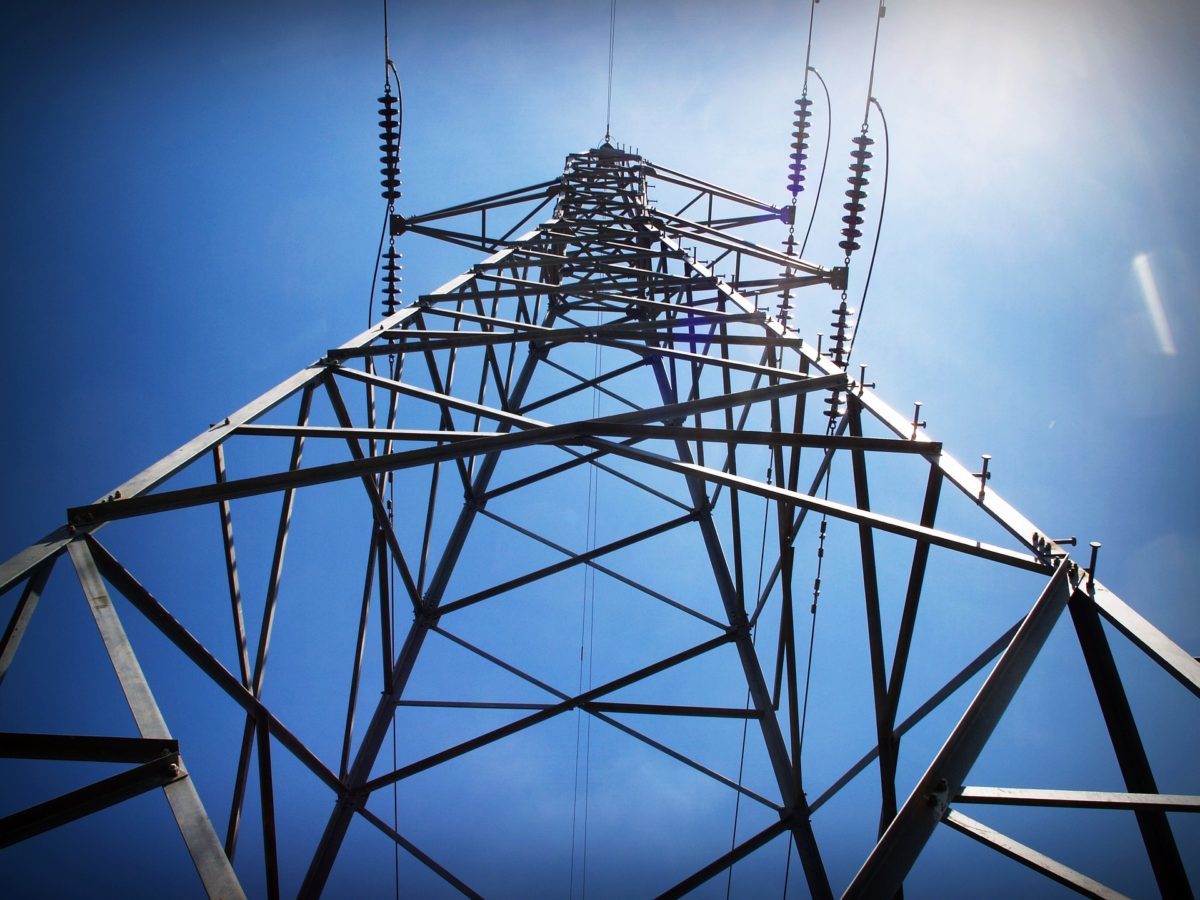
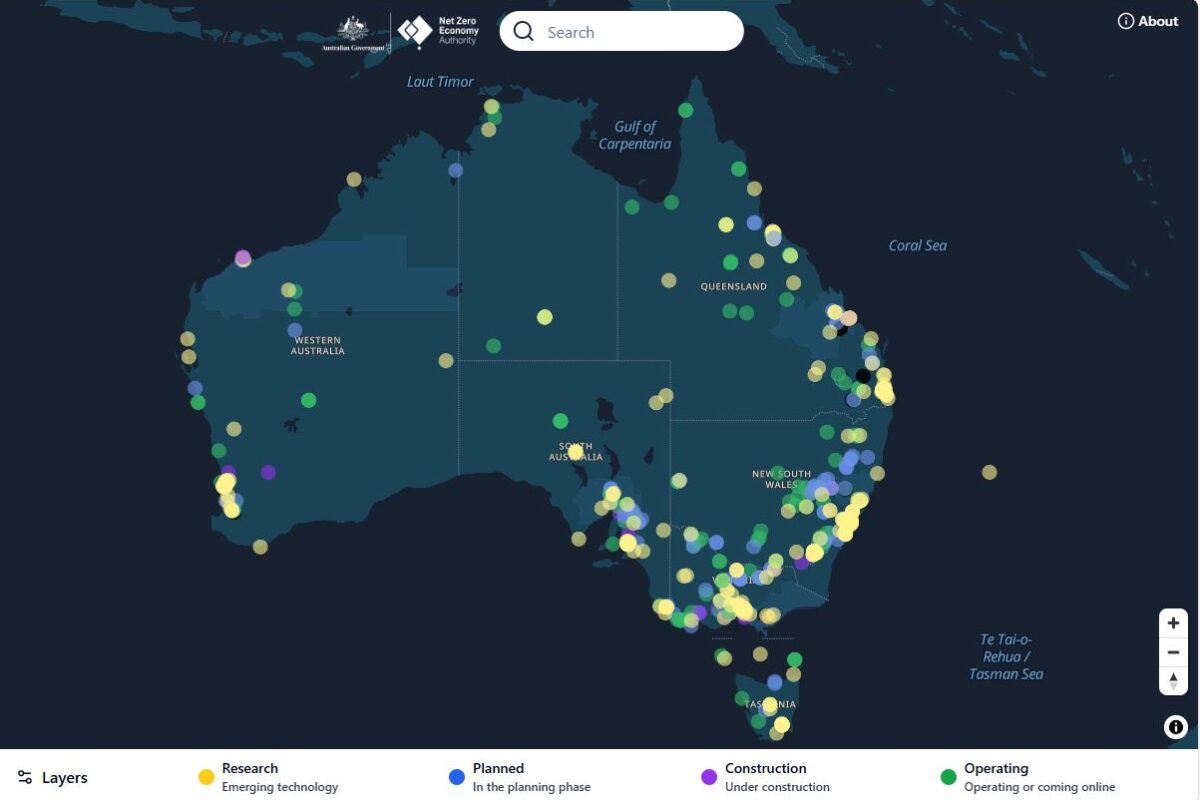


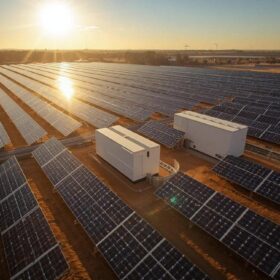
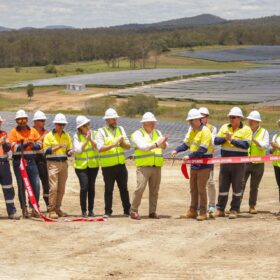

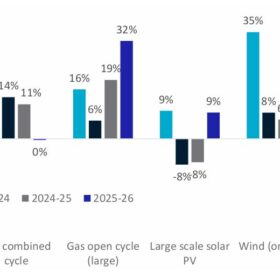
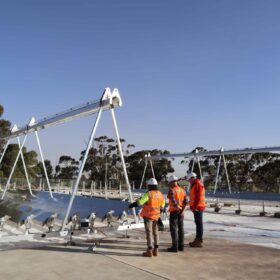
love reading these articles guys.
Is the 4.1 GW and 15 GW of storage meant to be GWh ?
We really need TWh of storage if we are to get to full renewables.